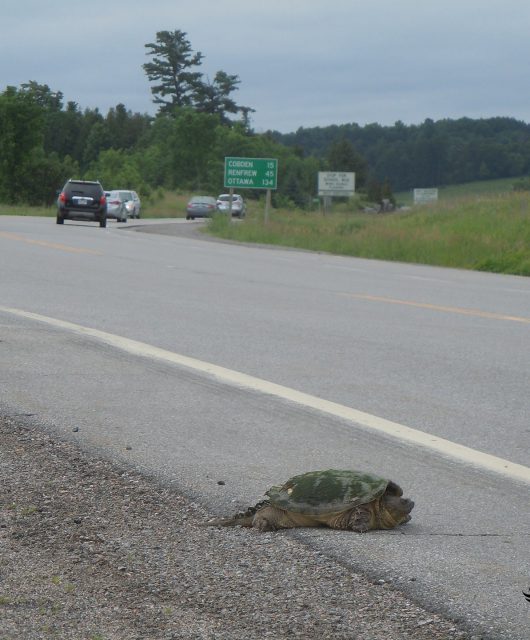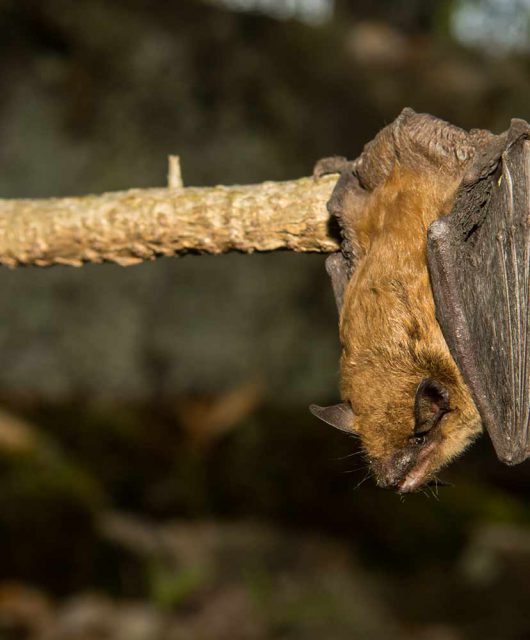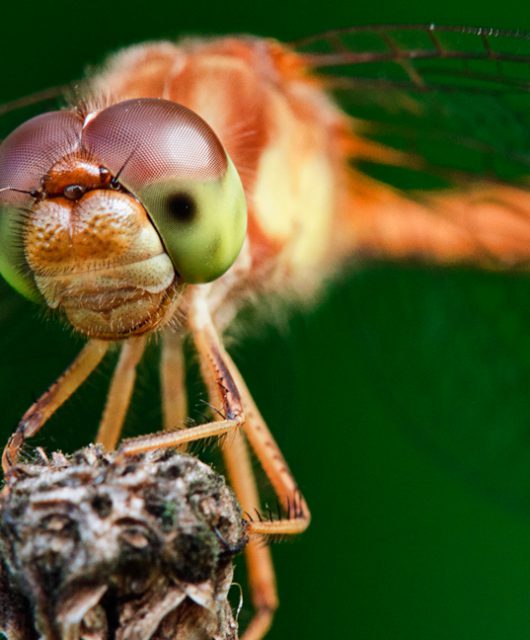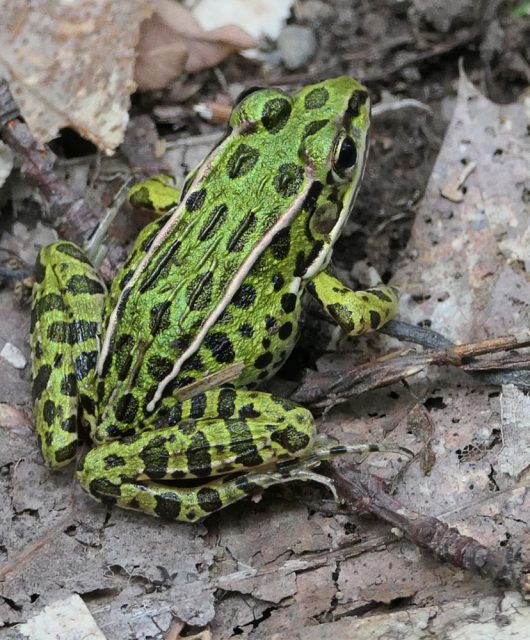Bats are excellent for mosquito and pest control, and during the buggy summer months, we want to keep them around as much as possible.
Unfortunately, bats face many challenges. The usual culprits such as White-nose Syndrome and habitat loss are of great concern, but there is another threat that requires our attention, wind turbines.
The link between bat mortality and wind turbines is a fairly recent area of study, but it is estimated that tens of thousands of bats are killed each year in Canada by collisions, with occurrences spiking during the migration period between late summer and early fall. Tree- dwelling bat species that migrate in the fall, such as Hoary bats (Lasiurus cinereus), Eastern Red Bats (Lasiurus borealis) and Silver-haired Bats (Lasionycteris noctivigans), all of which have recently been assessed by experts as endangered species in Canada, due to population decline, are especially at risk of collisions and turbine-related barotrauma, which is tissue damage caused by sudden drops in pressure around the blades.
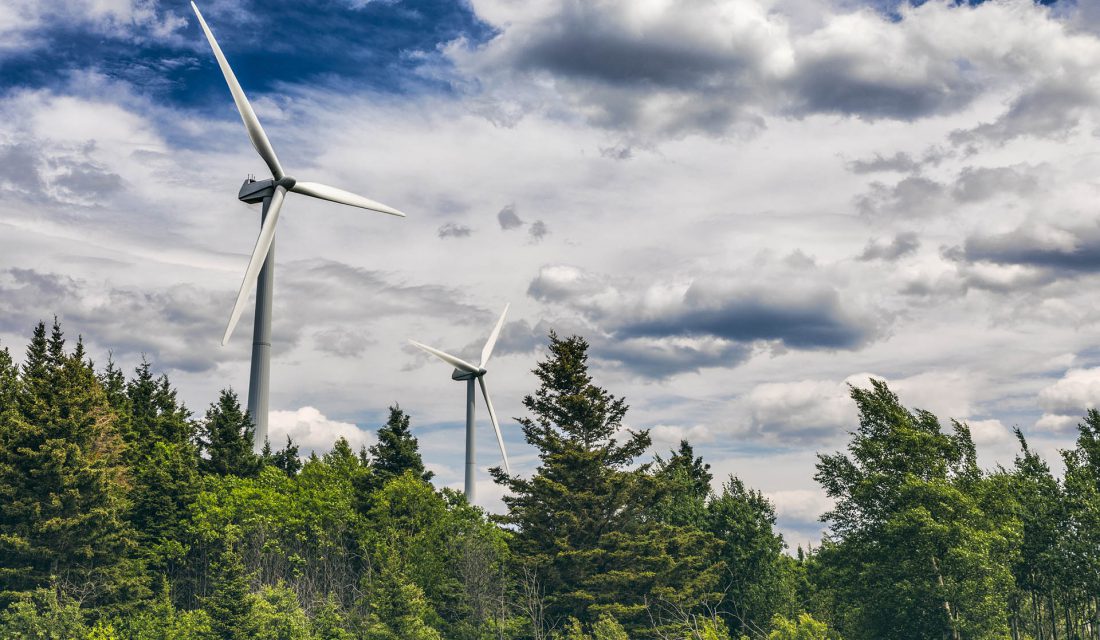
There are a few theories for why bats go towards turbines, but no concrete answers currently. The most plausible explanations are that bats mistake the tower for a tall tree and are unable to avoid the turbines once they are close. They may be also drawn to the turbines because of a mechanical sound, or there may be high concentrations of insects around the base of the towers that they are attracted to. Additionally, the wind farms may be constructed close to migratory stopover sites, where bats may stop to rest and feed during migration, or hibernation sites, which may explain why large populations of bats are not avoiding the farms and instead, end up within striking distance of turbines. The bats may also attempt to fly between turbines during times of slow rotation; there does happen to be higher mortality rates at lower wind speeds.
Bats are long-lived, however since they have low reproductive rates, with most species only having between one to two pups a year, it is important to mitigate the impact of wind turbines because they cannot produce enough offspring to quickly stabilize their numbers. This means that it takes them longer to recover from population losses and are more susceptible to extinction. Fortunately, there are some promising strategies to decrease bat mortality:
- Shorter turbines: It has been found that bats are more likely to collide with taller turbines, and so, considering turbine height during construction could be a way to decrease collisions.
- Ultrasonic acoustic deterrents (UADs): By emitting certain frequencies that disturb bats, it may be possible to deter them from flying near turbines and potentially limit the effectiveness of bat echolocation such that they cannot hear/interpret the location of insects near the tower, and this may deter them from getting within striking distance of the blades.
- Strategic Turbine Placement: Avoid known hibernation sites and migratory routes when constructing wind farms to minimize the interaction between turbines and large clusters of bats. This may be difficult however, considering not much is known about their migratory pathways.
- Turbine Movement: Stopping turbines from spinning during times of high bat activity, for example, the two hours after sunset, would limit collisions and only have a small impact on energy production.
- Increase cut-in speed: The cut-in speed is the wind speed that causes the turbines to start rotating and generating energy and is usually between 3.5-4 m/s. Studies suggest bats are more likely to collide with turbines at lower wind speeds, so collisions may decrease by increasing the cut-in speed for when the wind is stronger.
- Orient Blades Parallel to the Wind: Depending on how the blades are oriented it is possible that lower wind speeds can cause blades to turn before the cut-in speed and this creates a collision hazard for bats. By turning the turbines so that they are parallel to the wind, it is possible to prevent this from happening and ensure that the blades only begin turning at a speed that minimizes the risk to bat species.
By implementing some or all these changes, it is possible to significantly decrease the risk to bats with marginal impacts on energy production and profits. Bat species are crucial for pest control in Canada, but wind power is also an important source of renewable energy and so, we need to find a way to promote emissions-free energy sources while also limiting negative impacts to wildlife.

